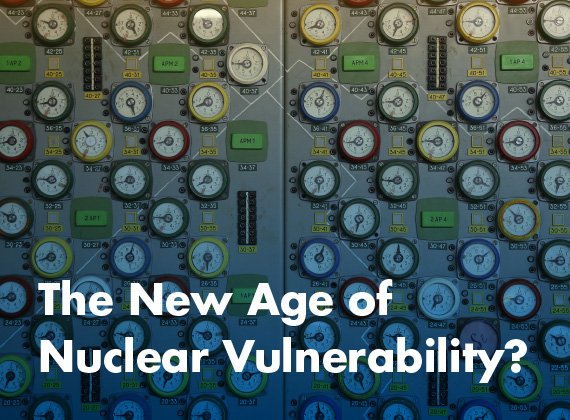
Are we entering a new age of nuclear vulnerability? Many national security experts in the United States, Russia, China, and elsewhere warn that the nuclear status quo is less stable than most people realize. The main driver of this uncertainty is today’s rapid pace of technological change, which is leading to new or evolving weapons systems that threaten to upend the strategic balance.
These systems include cyber, high-precision conventional, hypersonic, space and anti-space weapons, and the next generation of ballistic missile defenses. Technological diffusion has given more countries access to these systems, which will soon be introduced into existing conflicts. On a longer time horizon, concerns include future autonomous weapons systems powered by advanced artificial intelligence. Although each of these technologies creates uncertainty, it is the complex interaction of multiple systems that may be of greatest concern.
In order to examine these threats to nuclear deterrence, Carnegie Corporation of New York announced a request for proposals earlier this year. We received nearly fifty applications from teams at a variety of universities, research centers, and think tanks. Proposals were reviewed internally and by a panel of external jurors with expertise in these topics, and we are now pleased to announce the six winners of this competitive grant. Each will received up to $500,000 in support over the course of the next two years.
What do these winners share in common? They incorporate innovative research designs that provide a new angle on problems. They reflect teams with a strong track record—often with both technical and policy expertise. They all include a plan to integrate policymakers into the research process from the start, and a clear and well-designed dissemination strategy to get research products into the right hands.
Several winning proposals feature research teams that offer international perspectives. Others have teams of experts with diverse political views and outlooks. And all include support for mid-career scholars, a population traditionally underserved by grantmaking strategies that tend to emphasize seniority or support for graduate students and postdocs.
Another common thread is the use of open-source analysis and modeling. We believe that these issues affect all of us, and consideration of these challenges should not be limited to people with security clearances. By using open sources, the results could be discussed and debated across national borders and by academics, think tankers, and concerned citizens.
What does the future hold for this initiative? For the time being, the Corporation is only supporting research on this topic through the RFP process, but it is certainly a subject of interest. We are also interested in the emergence of new technologies that could make nuclear weapon acquisition easier. While we did not focus on these proliferation-related technologies in this first round, these are issues we will continue to look at and learn about.
Check back soon for updates on the research initiative, blog posts, and multimedia reports, including insights into the 2016 Nuclear Security Summit to be held March 31-April 1, in Washington, DC.
- Press Releases


